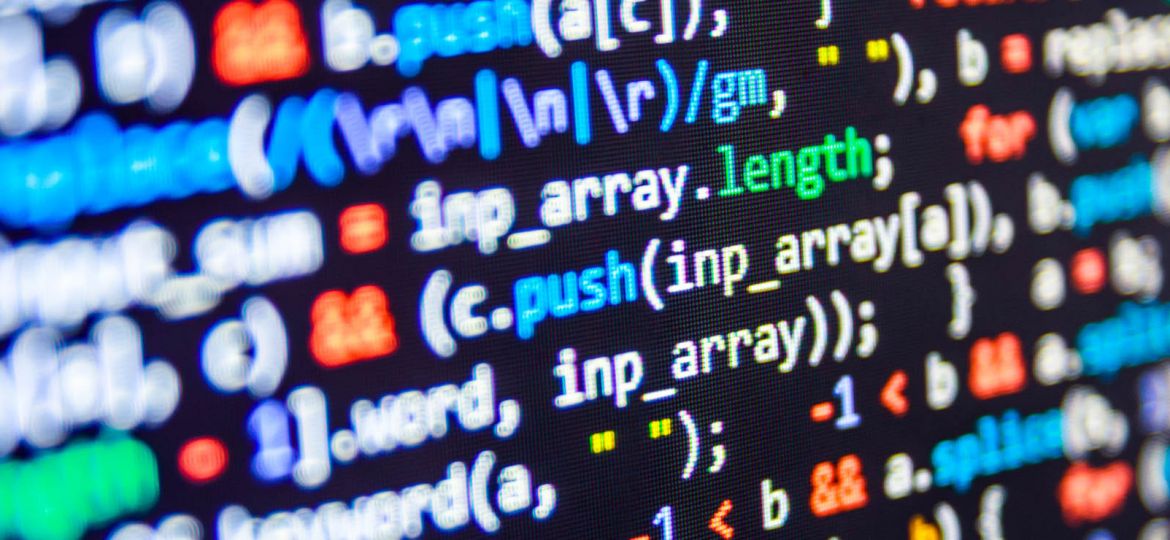
WHY THIS MATTERS IN BRIEF
One of Blockchains key attributes is that it serves as an Immutable Record, now Accenture wants to change that.
Accenture is courting controversy among the blockchain community by patenting a technique that will allow it to edit information held on the blockchain in an attempt to make the technology more commercially viable.
By allowing a central administrator to amend or delete information stored on a blockchain, the consultancy says that its prototype, which will be unveiled tomorrow, will make the technology more attractive to the financial services industry. But for many of the technology’s die hard fans – and there are a lot of them around the world the new patent threatens to undermine one of blockchains greatest founding principles – that a blockchain should be an immutable ledger of events without the need for a central authority.
Blockchain technology, which originally became famous as the technology underpinning Bitcoin, is a highly complex set of cryptographic algorithms that lets companies and individuals conduct transactions across a broad ecosystem of partners without the need for a central ledger. And while organisations, particularly those in financial services, were originally sceptical about the technology many of them have since embraced it and they are now exploring ways that they can exploit it to speed up back office functions, reduce costs and use it to underpin new products and services.
According to Richard Lumb, Global Head of Financial Services at Accenture financial institutions and regulators would need a means to quickly correct errors on the blockchain before using it in the securities markets and he gave the example of a “fat finger” trading error, or a trade assigned to the wrong counterparty.
“What we are talking about is adapting the blockchain to the corporate world and how we make it pragmatic and useful for the financial services sector,” he said.
“This prototype allows you expunge a record completely and we think that will be needed by corporates and regulators.”
He drew a distinction between the need for an editing function on the invitation only, private permissioned blockchains that most banks are looking at establishing and the open, public ermissionless blockchains, such as bitcoin, where immutability, and the inability to edit the blockchain, is a key feature.
For now Accenture and Giuseppe Ateniese, a professor at the Stevens Institute of Technology in New Jersey, have filed a patent for their technology in just the US and Europe and the technique uses something called the “Chameleon Hash” to add a type of padlock between units in a blockchain that allows an administrator with the key to unlock and edit them.
One example of how the technology could have been used recently, according to Lumb, was as a quick solution to the problem of how to recover the more than $50m stolen this year from the DAO, a crowdsourced venture capital fund using the Ether cryptocurrency.
Blythe Masters, the former JPMorgan banker running Digital Asset Holdings, a blockchain specialist, has reviewed Accenture’s prototype.
“Accenture’s approach is one of several options in the toolbox,” said Masters.
“But we think it is innovative and can strike the right balance between preserving blockchain’s key features and adapting it for real world requirements within some permissioned systems.”
However, after Lumb wrote about the need to edit the blockchain in the New York Times last week, he has since been criticised by several bitcoin supporters such as “Rocky” who wrote on the Crypto Hustle website,
“The narrative of mutable private blockchains may be a symptom of financial institutions trying to use technology that was never built for them. In fact, the entire purpose of a blockchain is to circumvent those very institutions.”
And we’re sure that the debate will keep raging.
As for who’s right? Well, arguably they could both be right – after all, in some circles there will inevitably be a need, or a requirement, to edit the blockchain while in others it goes against the very promise of the technology and one of the foundations that first made it so attractive. Then of course, even though the new patent might only be used on permissioned blockchains there’s the almost irreconcilable argument that if a hacker gets hold of the administrators rights then they could cause all sorts of mayhem.
Either way, this is just another chapter in the story of this new technology and I’m sure that there will be many more twists and turns to come.
















